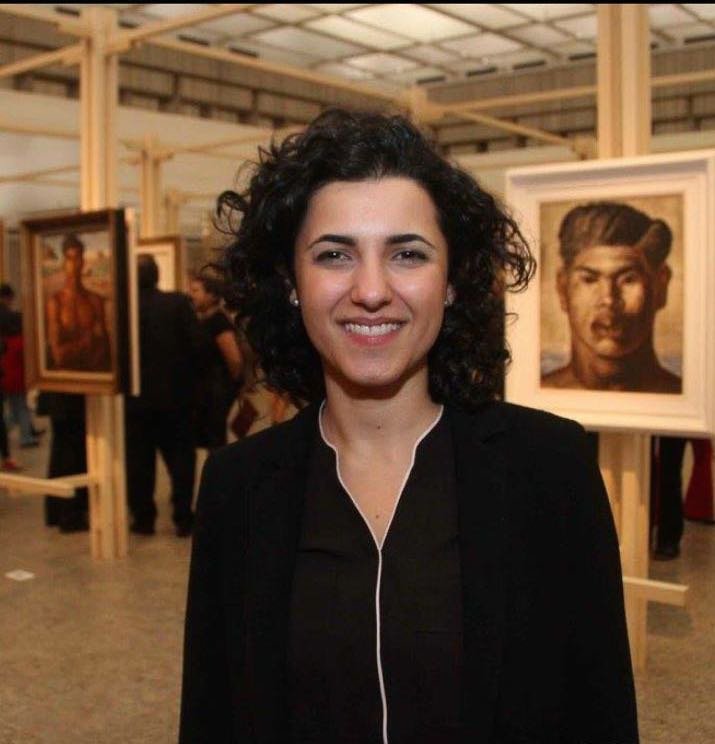Camila Bechelany

2018 Getty Foundation. Camila Bechelany, Independent Curator, São Paulo, Brazil.
Museums are environments that deal with sensibility
The core themes of the CIMAM 2018 Annual Conference were, briefly: 1) the challenges for institutions to be globally relevant while being locally significant; 2) how the museum changes in an interconnected world and how to deal with a rapid technological changing world and; 3) how art institutions and professionals keep their ethical positions while being confronted by a mixed economy that poses new funding configurations today. Those issues were certainly relevant to all the delegates on a greater or lesser degree.
Day 1 panel, Global Realities – Challenges for Modern and Contemporary Museums, was particularly interesting because we could hear different perspectives, that are brought from different realities. Following the presentation of the first speakers and our hosts, Ann-Sofi Noring and Daniel Birnbaum, the Moderna Museet in Stockholm wants to rethink its collection and its programs looking into new geographies while looking for ways to cope with the “lack of knowledge”, the Museo de Arte Moderno de Buenos Aires aim is to “re-write the history of art in a Southern perspective”, in the words of director Victoria Northoorn. It made clear that challenges for institutions from the global south differ greatly from those in the global north since the experience of colonialism and decolonization in one and another perspective result in very different approaches. Museums of modern and contemporary art speak to two kinds of audience: local and international. It was stimulating to have a glimpse of different museum realities and given the variety of contexts that the numerous participants, coming from more than 59 countries represented, it reminded us that we should examine institutions on their own terms, within their local contexts. The question that remains is how can we really learn from one another? Listening is certainly a very good start. Decolonization inside art institutions is a daily work and even if the re-visioning of the modern art museum is happening after some years now, it made clear that there is still much work to be done for us to understand what we are calling today the global sphere.
The “Perspective” speakers, at all the occasions, during the 3 days of the Conference made an important outlook on the discussions. This is true, especially for the artists Loulou Cherinet and Ho Tzu Nyen, presentations that confronted our preconceived ideas on global art and context and brought a critical point of view to the debates. Michelle Kuo’s presentation, gave a historical overview of exhibitions, museums, and interactivity, deconstructing the idea that the future is something we never imagined. We can always learn from the past. On Day 3, the sensitive subject Ethics of Museums in an Age of Mixed Economy brought particular contentious debates and the deliberations were quite open and honest. Again, it was very interesting to have different case studies to look at, the one at Tate London, a public funded institution and the one from the Mori Art Museum, a private museum. Ahmet Ogut’s presentation has raised the question of solidarity among the art workers, remembering that power relations have to be considered also inside our own institutional structures and not only among external partners. Besides of being an international arena for deliberation, to debate and to confront ideas about our professional activities, CIMAM is also a community of professionals that can work in bringing awareness inside the working structures we are part of.
I've been following CIMAM's activities with interest for some years now and this was my first time as a participant to CIMAM Annual Conference. I am thankful of the opportunity given by the travel grant for being able to connect with colleagues from different contexts and multiple backgrounds in this arena and to get to know institutions and art collections in Stockholm in such a privileged way.